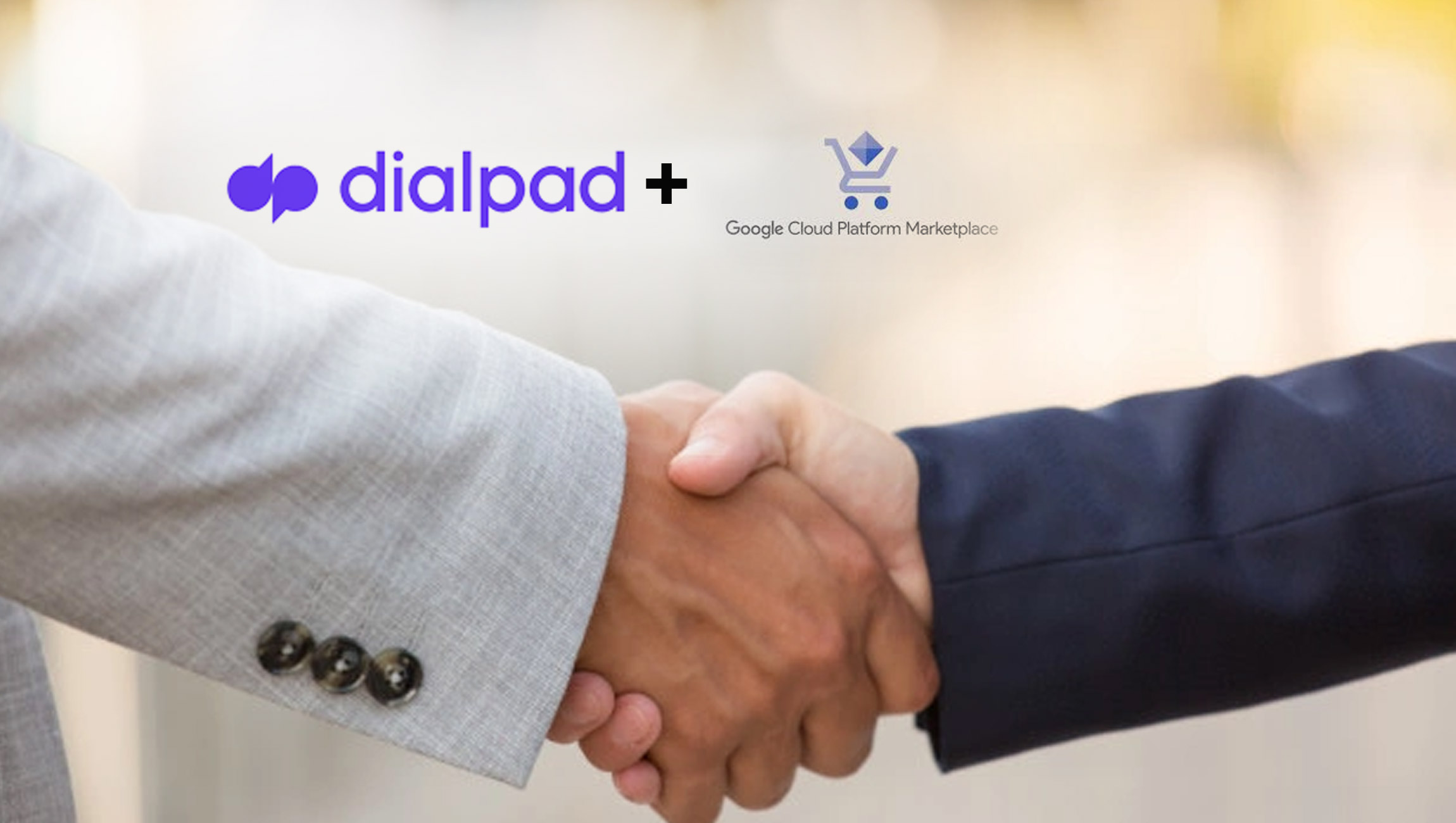UserWay completes $14.5 million raise with its IPO
UserWay.org (TASE: UWAY), an enterprise digital accessibility solution provider, today announced the closing of its initial public offering. The company completed a private funding round of $14.5 million, with $10 million raised as part of the IPO at a pre-money valuation of $38 million. Leumi Partners was the IPO underwriter and Sullivan & Worcester served as legal advisor.
UserWay is listed on the Tel Aviv Stock Exchange (TASE) under the ticker symbol “UWAY.” In its first day of trading, the stock price increased by 50%, closing at $15.19 per share. The company ended 2021 with $5 million in annual recurring revenue (ARR), a 400% increase compared to the prior year.
Marketing Technology News: MarTech Interview with Francis McMahon, EVP, Canon Solutions America
According to UserWay, the web accessibility market size is estimated at $27 billion. UserWay has an opportunity for substantial growth due to increased regulatory compliance requirements in the US and internationally. This is combined with the significant increase in awareness around DEI (diversity, equity & inclusion) initiatives within both enterprises and SMBs combined. For example, while more than 97% of websites do not meet the lowest level of WGAC compliance, countries are setting goals for 100% barrier-free digital access within the next 20 years. As the world’s largest digital accessibility service provider, with an accessibility solution used by the world’s leading brands, UserWay is uniquely positioned to continue its meteoric growth in both the public and private sectors.
Hundreds of leading organizations and Fortune 500 companies, including eBay, Coca Cola, Disney, Walmart, and many others, already rely on UserWay’s technologies to ensure their sites and digital content are made accessible and compliant for people with disabilities and to cover diverse users and disabilities including vision, hearing, mobility, cognitive, and learning and more).
The company’s core product is its AI-powered accessibility solution that can be installed on websites within minutes with a single line of code. UserWay helps ensure organizations meet strict WCAG & ADA regulations for web accessibility and compliance in a fraction of the time and cost it would take to remediate accessibility violations manually at the source code level.
UserWay’s AI is reinforced by the extensive data it has from its existing install base combined with Human-in-the-Loop (HIL) processes that provide site administrators “under the hood” access to the remediations made by its AI. These capabilities provide easy access to the “invisible” accessibility layer with intuitive controls and customization options. These options allow site admins to have convenient access to images descriptions, navigation functions, pop-up behaviors, form labels, vague & broken link statues and page structure remediations that are critical for ensuring compliance with digital accessibility regulations.
Sites remediated by UserWay are made significantly more accessible for people with varying degrees of disabilities, including those who rely on screen readers and other assistive technologies. Since software developers are not required to achieve accessibility, UserWay is able to offer a rapid path to compliance with minimal investment of time and resources and a significantly fast time-to-market.
Marketing Technology News: 2022’s First SPAC and Metaverse Investment Opportunities Virtual Investment Conference in Hong…
UserWay offers a complete suite of accessibility solutions and services, including UserWay’s Accessibility Scanning and Monitoring (an advanced scanning tool for developers); manual audits; an empathy lab staffed with accessibility experts with various types and degrees of disabilities; and consulting and professional services. UserWay also offers a fully managed compliance service for enterprise and public sector clients with a $1 million guarantee, testing by blind staff, statements of compliance, and more.
Why Digital Accessibility Matters
There are more than one billion people with disabilities worldwide, which accounts for 15% of the population. In recent years, following the outbreak of the Covid pandemic and the restrictions imposed by governments around the world, the number of people who rely on digital access for purchases and government services has soared.
Organizations of all sizes need a comprehensive solution that remediates accessibility violations across all their digital assets. Hand-coding such fixes for the world’s more than 200 million active websites is not feasible. The most efficient way to ensure accessibility for all people, regardless of their abilities, is to implement solutions that involve at least some level of automation.
People with disabilities need the option to navigate websites with just a keyboard, hear content while using a screen reader, and be able to use assistive technologies to complete online forms and make purchases. Most websites either do not offer this type of functionality, or don’t do it well.
Accessibility is not just a civil rights issue; it also makes business sense. UserWay released a report in 2021 detailing the economic impact losses of online commerce due to inaccessibility of e-commerce sites. Billions of dollars are being lost every year because most shopping carts are inaccessible and screen readers can’t interpret the navigation structure of websites.
Governments Everywhere are Codifying Digital Accessibility Laws
Around the world, the WCAG (Web Content Accessibility Guidelines) is codified by reference into accessibility regulations. Australia, Canada, China, Denmark, the European Union, Finland, France, Germany, Hong Kong, India, Ireland, Israel, Italy, Japan, Netherlands, New Zealand, Norway, South Korea, Sweden, Switzerland, Taiwan, the UK, and the United States (at both the federal and state levels) reference the WCAG standards. In the United States, the Americans with Disabilities Act of 1990 (ADA) is used to enforce digital accessibility rights, which has been contributing to the recent rise in accessibility-related lawsuits.
Marketing Technology News: VideoProc Annual Review 2021: New Video Editing Software, 4K, HDR, and More











